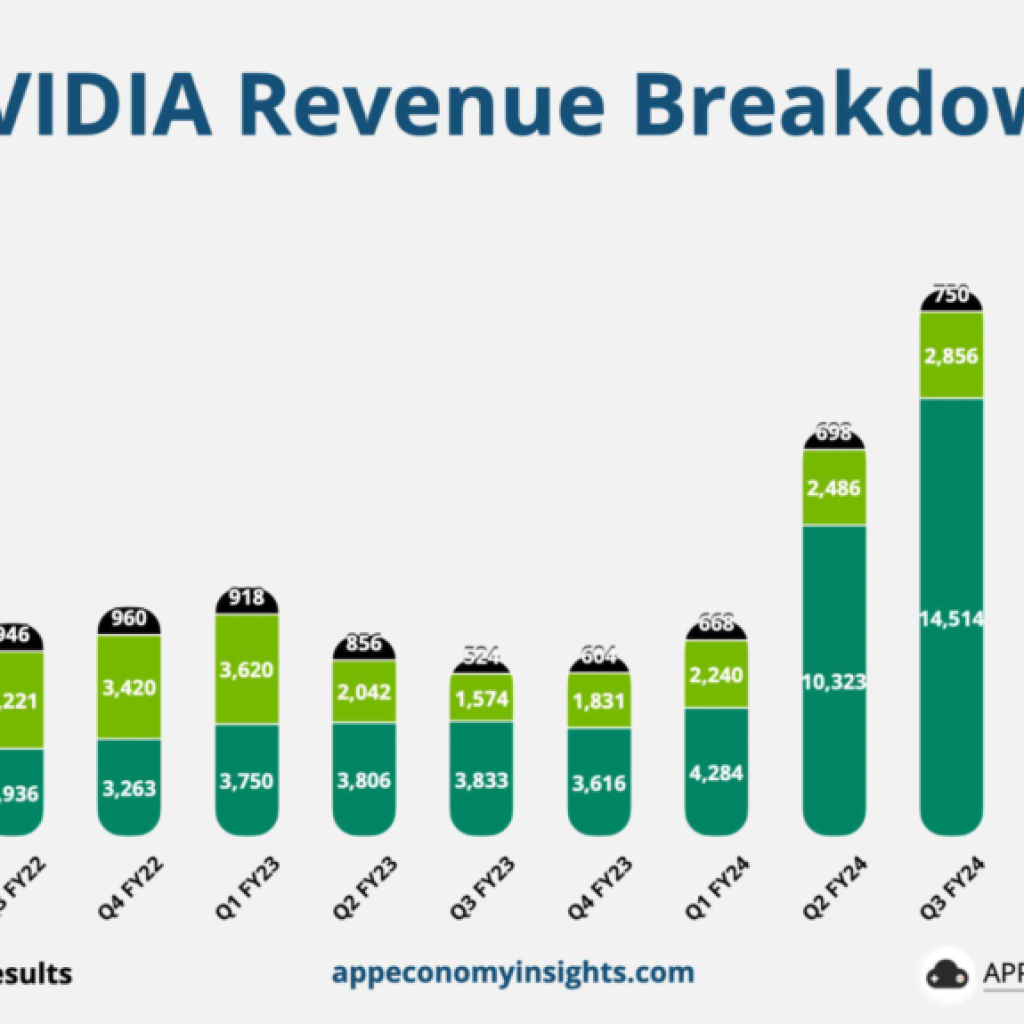Snapchat, a popular social media platform known for its short-lived multimedia messages, has witnessed a significant surge in its user base thanks to the integration of AI-powered features. These features have transformed the user experience and propelled Snapchat into a new era of growth.
AI-enhanced user engagement
The incorporation of artificial intelligence (AI) has fundamentally changed how users interact with Snapchat. AI algorithms analyze user behavior, preferences, and content, allowing the platform to offer personalized experiences. This has resulted in higher user engagement and, consequently, more subscribers.
AI-driven features such as personalized content recommendations, augmented reality (AR) filters, and intelligent chatbots have captivated users’ attention. With tailored content and interactive AR experiences, users find Snapchat more entertaining and relevant to their interests. This, in turn, has led to a surge in new subscribers who are eager to explore these AI-driven features.
Advertisers tread cautiously
While Snapchat’s AI innovations have boosted its subscriber count, advertisers are approaching these developments with caution. AI has the potential to revolutionize advertising on the platform, but it also brings about challenges and concerns that require careful consideration.
AI’s potential for advertisers
AI can be a game-changer for advertisers on Snapchat. By harnessing AI, advertisers can refine their targeting strategies, personalize ad content, and optimize ad campaigns for better results. This can translate into more effective advertising and a higher return on investment (ROI) for brands.
Moreover, AI can help advertisers identify trends and consumer behaviors more accurately, enabling them to create ad campaigns that resonate with their target audiences. This level of precision in advertising can lead to increased conversions and customer engagement.
Privacy and brand alignment concerns
Despite the promises of AI in advertising, there are valid concerns that advertisers must address. Privacy is a paramount concern, as the use of AI to collect and analyze user data raises questions about data security and user consent. Advertisers must ensure that they adhere to strict privacy regulations and ethical data practices to maintain user trust.
Furthermore, AI-generated ads should align with a brand’s values and customer expectations. Overly personalized or invasive ads can backfire and harm a brand’s reputation. Striking the right balance between personalization and respecting user boundaries is a challenge that advertisers must navigate.
Evaluating the ROI of AI-driven advertising
Advertisers are also assessing the return on investment (ROI) of AI-driven advertising. While AI has the potential to improve targeting and ad effectiveness, it requires significant investments in technology and data analysis. Advertisers need to weigh the potential benefits against the costs involved in implementing AI-powered ad campaigns.
The future of snapchat and AI advertising
Snapchat’s integration of AI features has led to a surge in subscribers, thanks to enhanced user engagement and personalized experiences. However, advertisers are proceeding cautiously, mindful of privacy concerns, brand alignment, and the ROI of AI-driven advertising.
The future of Snapchat and AI advertising holds immense potential. As the platform continues to evolve and refine its AI capabilities, advertisers will have opportunities to reach their target audiences more effectively and create compelling, personalized ad campaigns. The key lies in striking a balance between leveraging AI’s power and respecting user privacy and preferences.
The journey of Snapchat and AI in advertising is just beginning, and it will be fascinating to watch how this innovative platform and technology continue to shape the digital advertising landscape.





